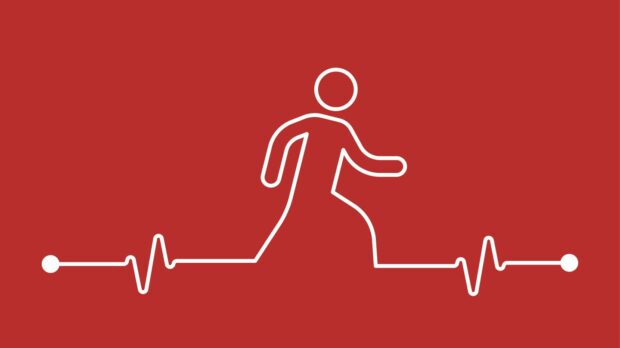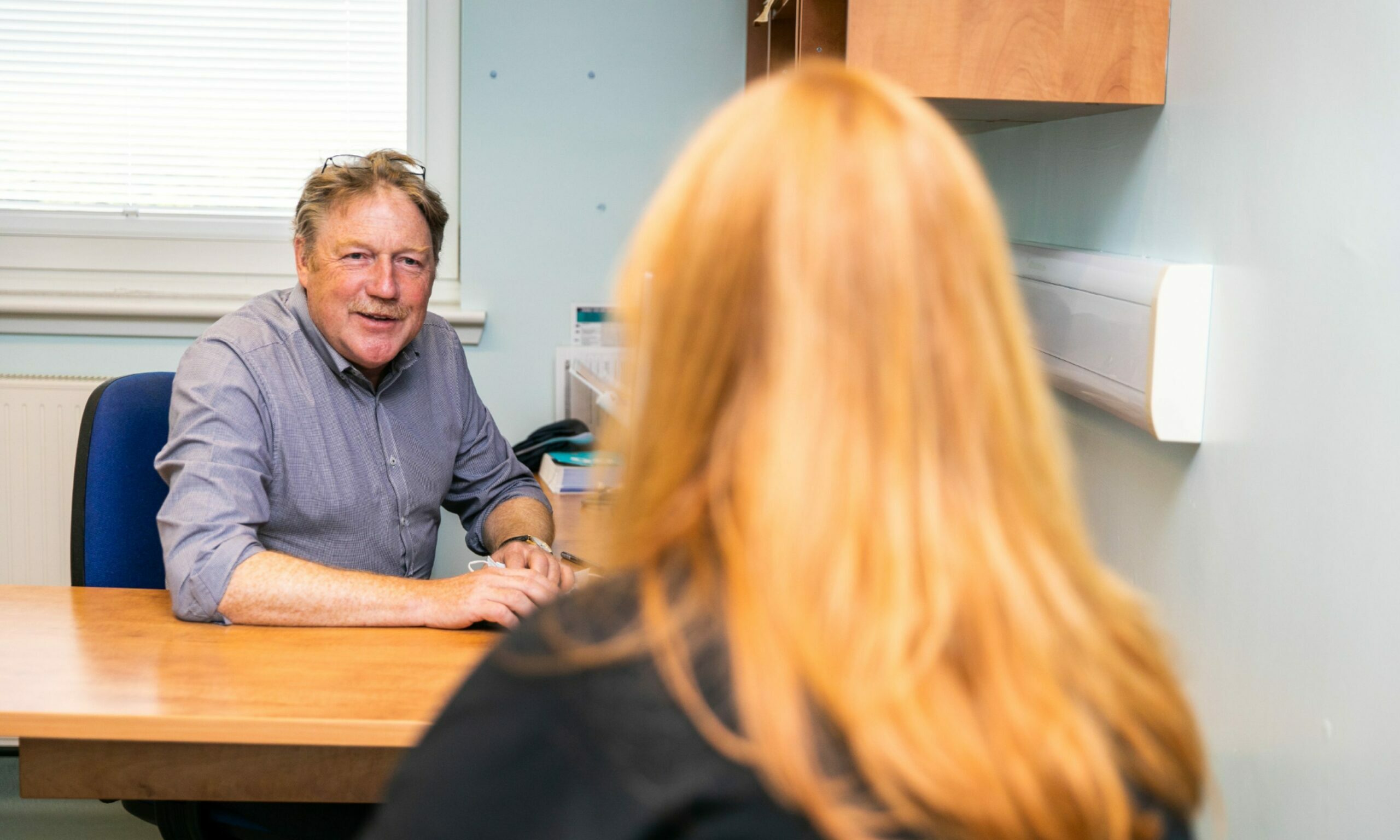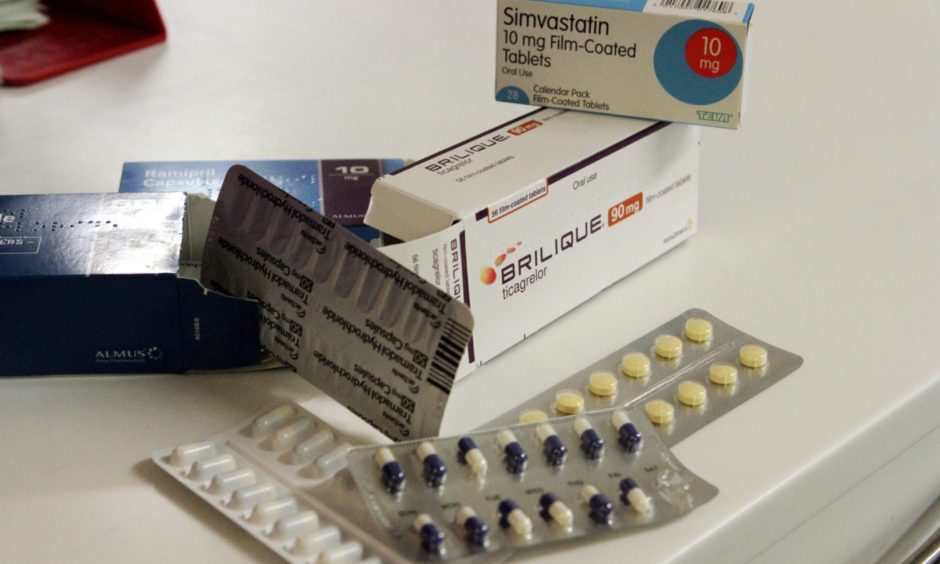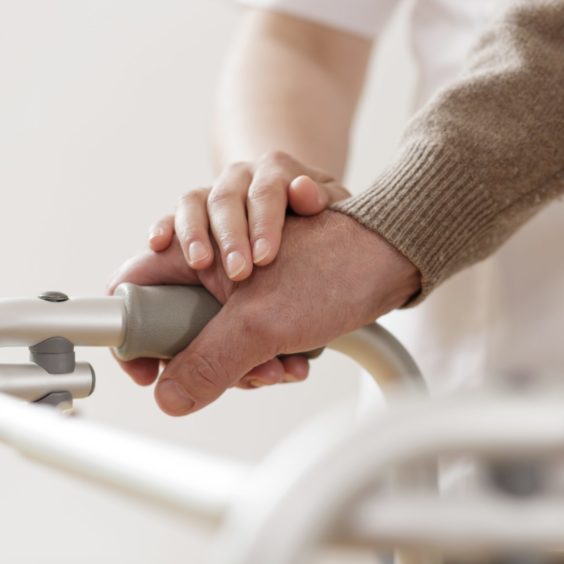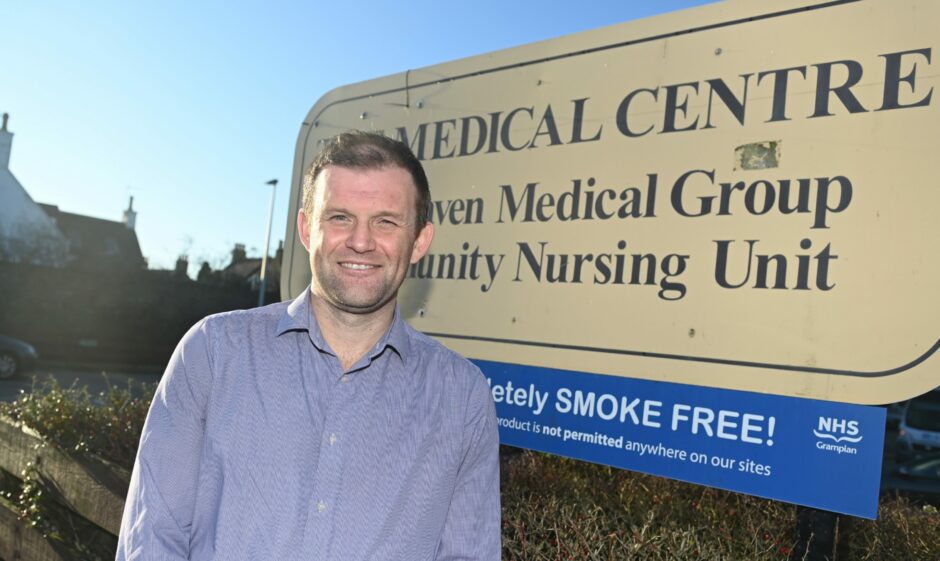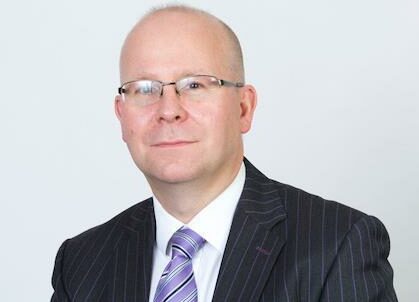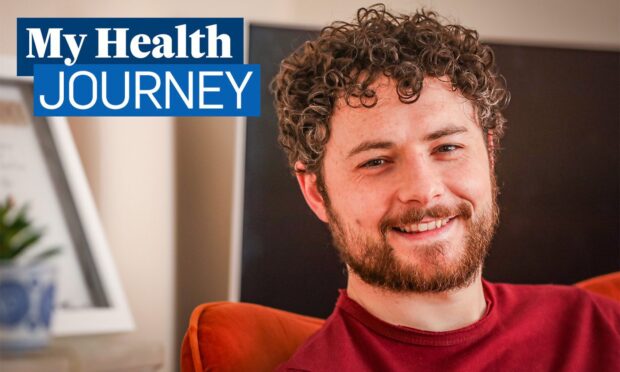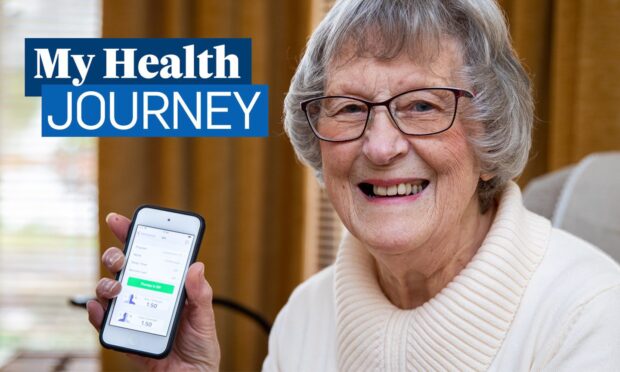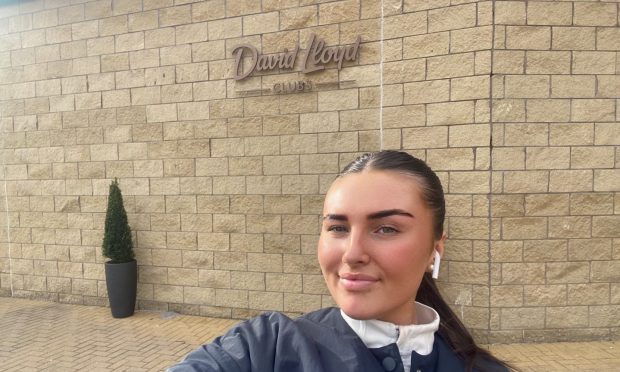Getting an appointment with a GP is an issue that causes stress for many people in Tayside and Fife.
During the pandemic, “seeing” our GP changed from the traditional face to face appointment to over the phone and online consultations.
And accessing healthcare – for the majority of us – still begins with our local surgery.
But would you take part in a walking group or volunteer to improve your health and wellbeing instead of seeing your GP?
It’s an issue under the microscope right now as the Scottish Government’s Health, Social Care and Sport Committee launches its inquiry into the different ways people get healthcare.
It might sound controversial to be directed to other forms of support – like joining local groups – to improve your health and wellbeing.
But it’s known as social prescribing, just one of the topics the Scottish Government wants views on as it looks at different ways to ease pressures on GP surgeries.
Why is the health inquiry needed?
GPs have highlighted several times increasing workloads, demands on their time and lack of staff.
National campaigns including Right Care, Right Place and the roll-out of Pharmacy First have encouraged people to avoid defaulting to their GP surgery and to use other pathways to get help, if appropriate.
Now government ministers want to explore alternatives, too.
What’s the inquiry looking at?
Other routes to accessing healthcare in the community instead of seeing a GP – also referred to as alternative pathways.
The aim is to explore how and to what extent these are being used to access primary care, identify key issues and opportunities for improvement.
It will also find out what capacity other primary healthcare professionals have to take on more patients.
It’s also looking for information on the role of social prescribing and how technology can improve services.
What are alternative healthcare pathways and social prescribing?
Alternative pathways can include seeing a different health practitioner at your GP practice or in the community such as:
- A physiotherapist.
- Nurse.
- Pharmacist.
- Speech therapist.
- Podiatrist.
Other examples of alternative pathways include using telephone helplines, websites to access additional information and advice and online therapies.
They can also include being directed to other types of support to improve health and wellbeing (social prescribing) such as:
-
- Walking groups.
- Community groups.
- Advice.
- Volunteering.
Blairgowrie GP Dr Andrew Buist says social prescribing can be helpful in tackling certain conditions, but he also expressed caution.
Dr Buist, who is also chair of the BMA’s Scottish GP Committee says: “Social prescribing is a broadly positive initiative, which we support.
“It can certainly help people get more active and meet locally with new people within the groups. It can be particularly helpful in addressing isolation, low mood and other mental health issues.
But, he adds: “For it to work, we need to ensure we have the facilities and groups within the community to support it. And ensure they are well publicised and easy to engage with.”
‘Seeing GPs for all health issues not sustainable’
Gillian Martin MSP, Convener of the Health, Social Care and Sport Committee, says the traditional model of primary care, seeing a GP for all health issues, is placing ever increasing pressure on GP services.
She adds: “This isn’t a sustainable situation for general practices – but it’s also not good for patients struggling to get a GP appointment when there may be alternative and better routes they could go down to get the healthcare they need.”
How do I take part in the survey?
Medical professionals or organisation who would like to respond to the inquiry can do so online.
Members of the public can give their views by going online and completing questions as well.
The survey will close on February 22.
